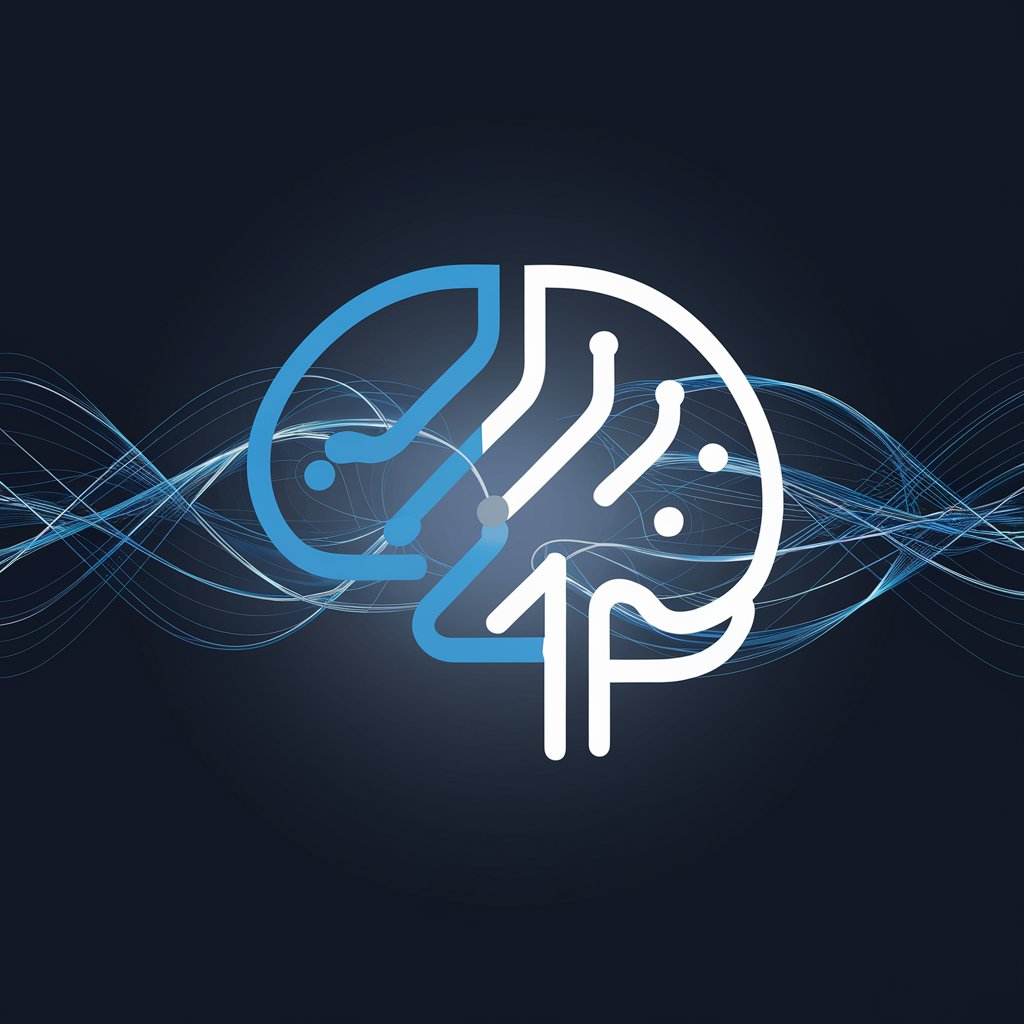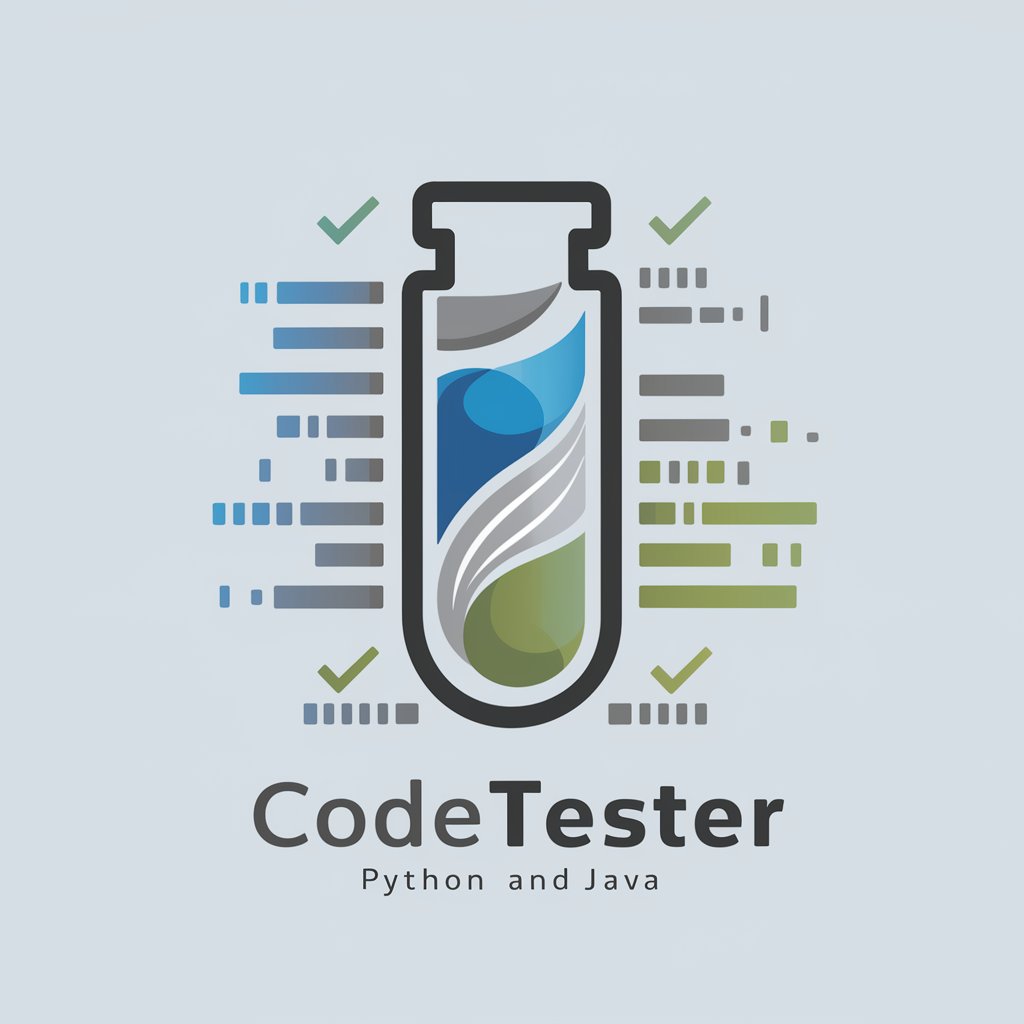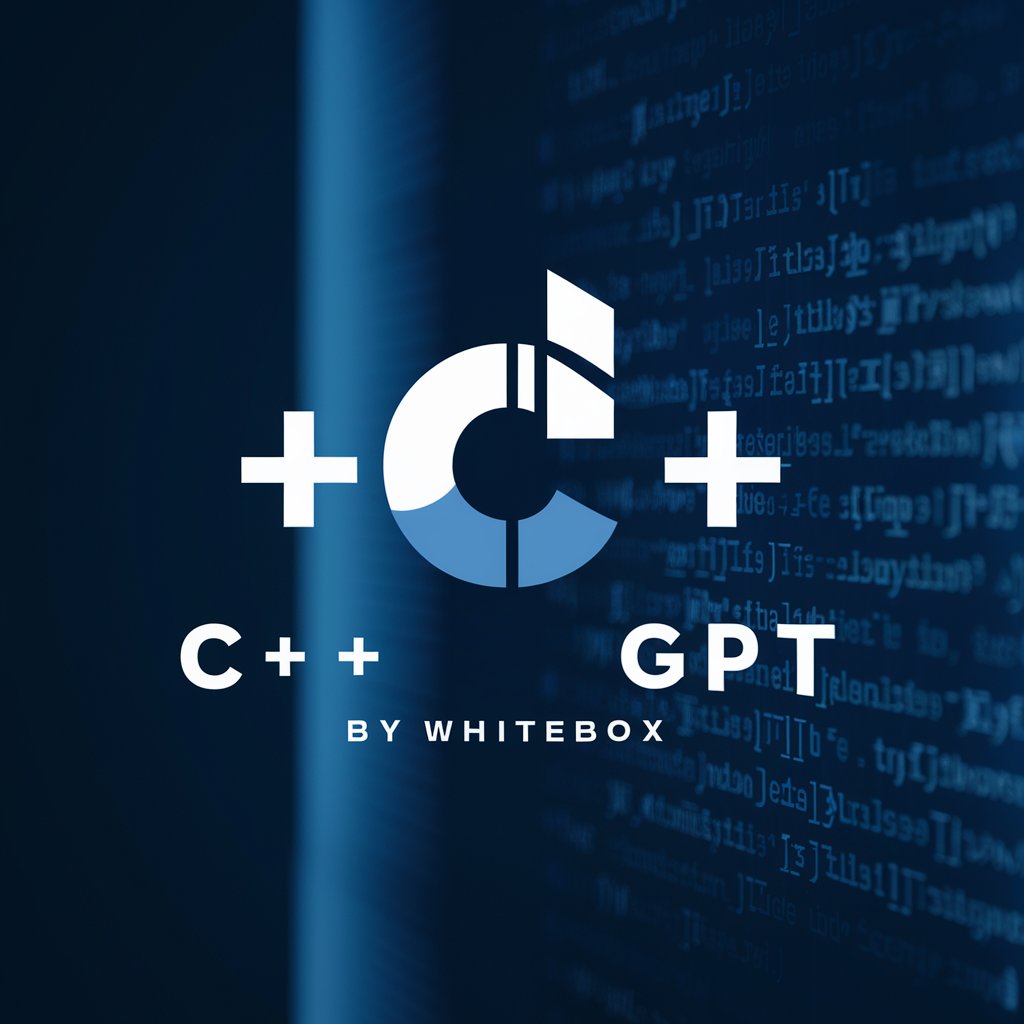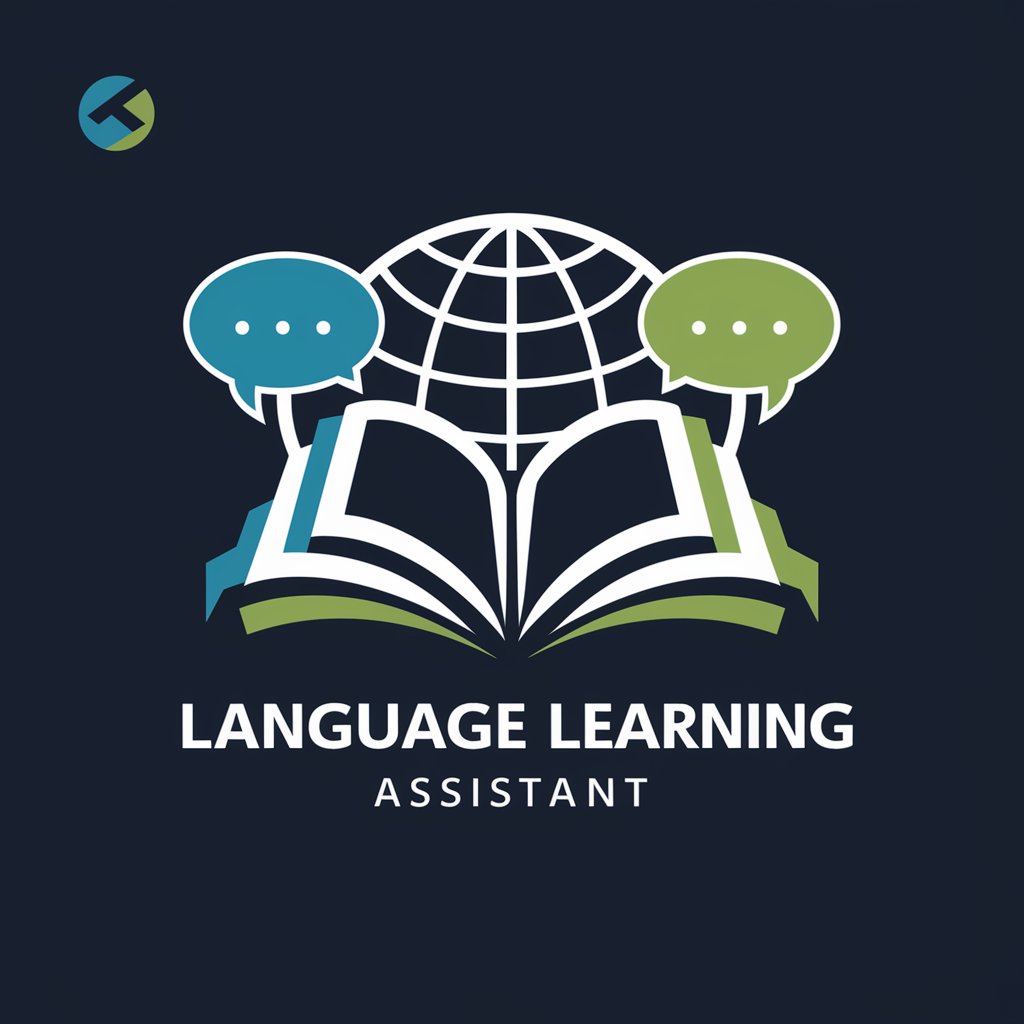Data Insight - Self-Supervised Data Analysis

Welcome to Data Insight, your guide to mastering self-supervised learning!
Unlock insights from unlabelled data with AI
What methods can be used to...
How would you approach the problem of...
Can you explain the concept of...
What are the key considerations for...
Get Embed Code
Overview of Data Insight
Data Insight is a specialized GPT model designed to assist users in self-supervised learning, primarily focusing on generating and analyzing unlabeled data. It serves as a guide to uncover patterns, categories, or insights within datasets without requiring explicit labels or supervision. The core purpose of Data Insight is to encourage exploration and application of self-supervised learning techniques, providing guidance based on the latest research and best practices in the field. By prompting users to consider various aspects of their data and learning processes, it fosters a deeper understanding and capability in handling complex data analysis tasks. Examples of its application include clustering untagged images to identify similar groups based on visual features, or analyzing text data to discover thematic groupings without predefined categories. Powered by ChatGPT-4o。

Core Functions of Data Insight
Data Clustering
Example
Identifying customer segments from e-commerce browsing data without predefined categories.
Scenario
An e-commerce platform utilizes Data Insight to analyze user browsing and purchase history. By clustering this data, the platform can discover distinct customer segments based on shopping behaviors and preferences, enabling personalized marketing strategies.
Feature Extraction
Example
Extracting meaningful features from complex sensor data to monitor equipment health.
Scenario
A manufacturing company applies Data Insight to analyze vibration sensor data from machinery. Through self-supervised learning, it identifies patterns that precede equipment failures, allowing for predictive maintenance and reducing downtime.
Anomaly Detection
Example
Detecting unusual patterns in financial transactions to prevent fraud.
Scenario
A financial institution employs Data Insight to scrutinize transactions for unusual behavior indicative of fraud. By learning the normal transaction patterns, it can flag anomalies for further investigation, enhancing security measures.
Semantic Similarity
Example
Grouping news articles by underlying topics without manual categorization.
Scenario
A news aggregation service uses Data Insight to analyze and cluster articles based on semantic similarity. This enables the automatic grouping of articles into themes or topics, improving content discovery for users.
Target Users of Data Insight
Data Scientists and Analysts
Professionals engaged in data analysis and modeling who seek to uncover insights from large, unlabeled datasets. They benefit from Data Insight by leveraging advanced self-supervised learning techniques to enhance data understanding and decision-making capabilities.
Product Managers and Marketers
Individuals responsible for developing product strategies or marketing campaigns. They can use Data Insight to gain a deeper understanding of customer behaviors and preferences, enabling more targeted product development and marketing efforts.
Academic Researchers
Researchers in various fields who require innovative methods to analyze complex datasets. Data Insight offers them the tools to explore data in a self-supervised manner, facilitating discoveries and insights without the need for extensive labeled data.
Software Developers
Developers integrating machine learning into applications can use Data Insight to implement self-supervised learning features, such as content recommendation or personalization, based on analysis of user interactions and preferences.

How to Use Data Insight
1
Start by visiting yeschat.ai for a complimentary trial, no ChatGPT Plus subscription or login required.
2
Identify the data you wish to analyze. Ensure it is organized and accessible, whether it's text, images, or a mix of both.
3
Choose the self-supervised learning model within Data Insight that best suits your data type and the insights you're seeking.
4
Upload your data and configure the analysis parameters. Use the customization options to tailor the learning process to your specific needs.
5
Review the generated insights and use the interactive tools to explore the data further. Leverage these findings for your projects, research, or business strategies.
Try other advanced and practical GPTs
ADS
AI-Powered Advertising at Your Fingertips

AR Insight Navigator
Empowering AR Innovation with AI

Enhanced AI Powered Myth Buster
Bringing Myths to Life with AI

CM Assistant GPT
Revolutionizing home education with AI

CodeTester
Elevate Your Code with AI-Powered Testing

AI Prompt Categorizer
Streamline Content with AI Categorization

How does this work?
Unlock Insights with AI Image Analysis

C++ GPT by Whitebox
Elevate Your C++ with AI Intelligence

Primary Resource Generator
Empowering Education with AI

Language Learning
Empowering language learning with AI

Healthy Living Advisor
Empowering Your Health Journey with AI

Let's Learn
Empowering Learning with AI

Frequently Asked Questions about Data Insight
What types of data can Data Insight analyze?
Data Insight can analyze a wide range of unlabelled data, including text, images, and mixed datasets, utilizing self-supervised learning techniques to uncover patterns and insights.
How does self-supervised learning work within Data Insight?
Self-supervised learning in Data Insight involves using algorithms that learn to predict part of the input data from other parts, without explicit external labels, to discover underlying structures and relationships within the data.
Can Data Insight help with academic research?
Absolutely, Data Insight is ideal for academic research, offering tools to analyze and interpret large datasets, identify trends, and generate hypotheses without the need for labeled data.
Is there support for users new to machine learning?
Yes, Data Insight provides guided tutorials, documentation, and support channels designed to help users at all levels of expertise to effectively use the platform for their data analysis needs.
How does Data Insight ensure data privacy?
Data Insight prioritizes data security and privacy through encrypted data storage, secure processing environments, and compliance with relevant data protection regulations, ensuring users' data remains confidential and protected.
